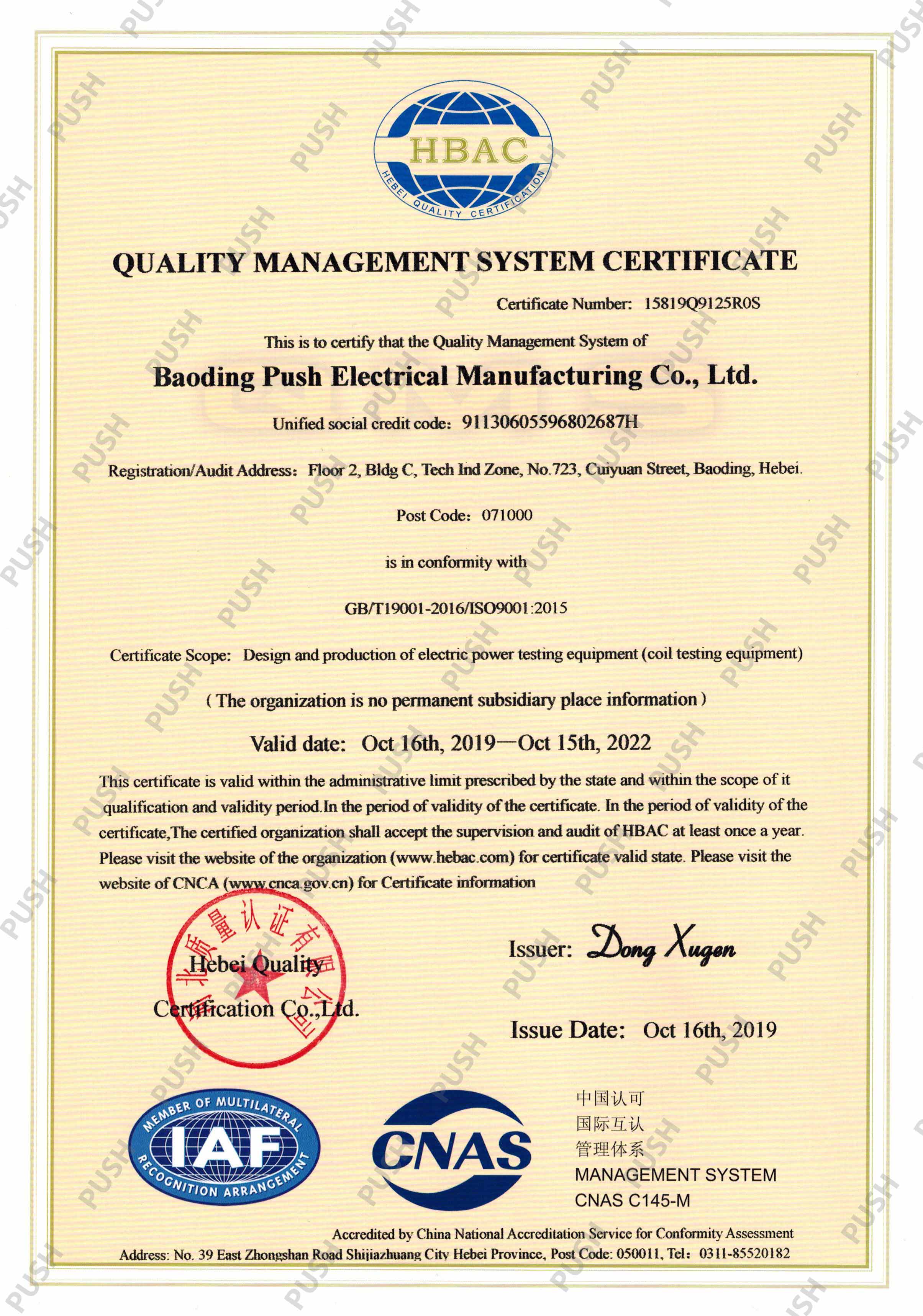 English
English


methane gas chromatography
Understanding Methane Detection through Gas Chromatography
Gas chromatography (GC) is a pivotal analytical technique widely employed in various fields, including environmental monitoring, petrochemical analysis, and food safety. One of the key substances analyzed using this method is methane (CH4), the primary component of natural gas and a significant greenhouse gas. This article delves into the principles and applications of gas chromatography in the detection of methane.
Understanding Methane Detection through Gas Chromatography
The detection of methane using gas chromatography typically involves a flame ionization detector (FID) or a thermal conductivity detector (TCD). The FID operates by burning the separated components in a hydrogen flame, producing ions that generate a measurable current. The greater the concentration of methane, the larger the current produced, allowing for quantification. Conversely, the TCD measures changes in thermal conductivity as the gas elutes from the column, offering a reliable means to detect and quantify methane and other gases.
methane gas chromatography

One of the primary applications of methane analysis via gas chromatography is in environmental science, specifically in studying atmospheric methane levels. As methane is a potent greenhouse gas, understanding its concentration and sources is crucial for climate change research. GC enables researchers to monitor methane emissions from various sources, including agriculture, landfills, and fossil fuel extraction.
In the petrochemical industry, gas chromatography plays a critical role in quality control and product analysis. Methane's presence in natural gas mixtures is regularly quantified to ensure that the gas meets regulatory standards and is suitable for distribution and consumption.
Additionally, gas chromatography is increasingly used in the energy sector to monitor methane leaks in pipelines and natural gas facilities, thereby promoting safety and environmental sustainability. Early detection of methane leaks can mitigate risks associated with explosions and greenhouse gas emissions.
In conclusion, gas chromatography serves as an invaluable tool for methane analysis, offering scientists and industry professionals precise and reliable methods for detecting and quantifying this significant gas. With ongoing advancements in chromatographic techniques, the future holds promising potential for enhanced methane monitoring and management in a variety of applications.
-
Differences between open cup flash point tester and closed cup flash point testerNewsOct.31,2024
-
The Reliable Load Tap ChangerNewsOct.23,2024
-
The Essential Guide to Hipot TestersNewsOct.23,2024
-
The Digital Insulation TesterNewsOct.23,2024
-
The Best Earth Loop Impedance Tester for SaleNewsOct.23,2024
-
Tan Delta Tester--The Essential Tool for Electrical Insulation TestingNewsOct.23,2024





